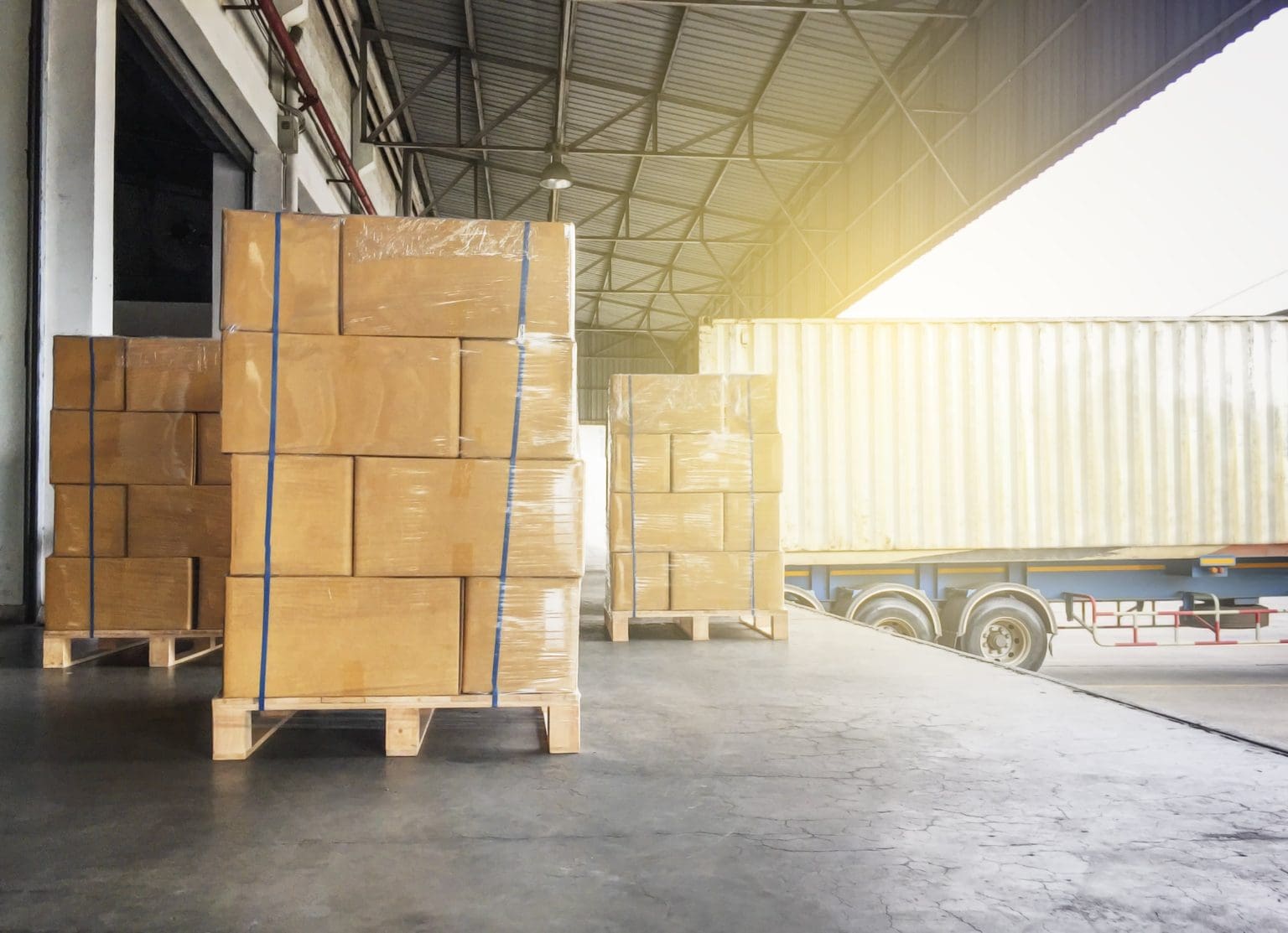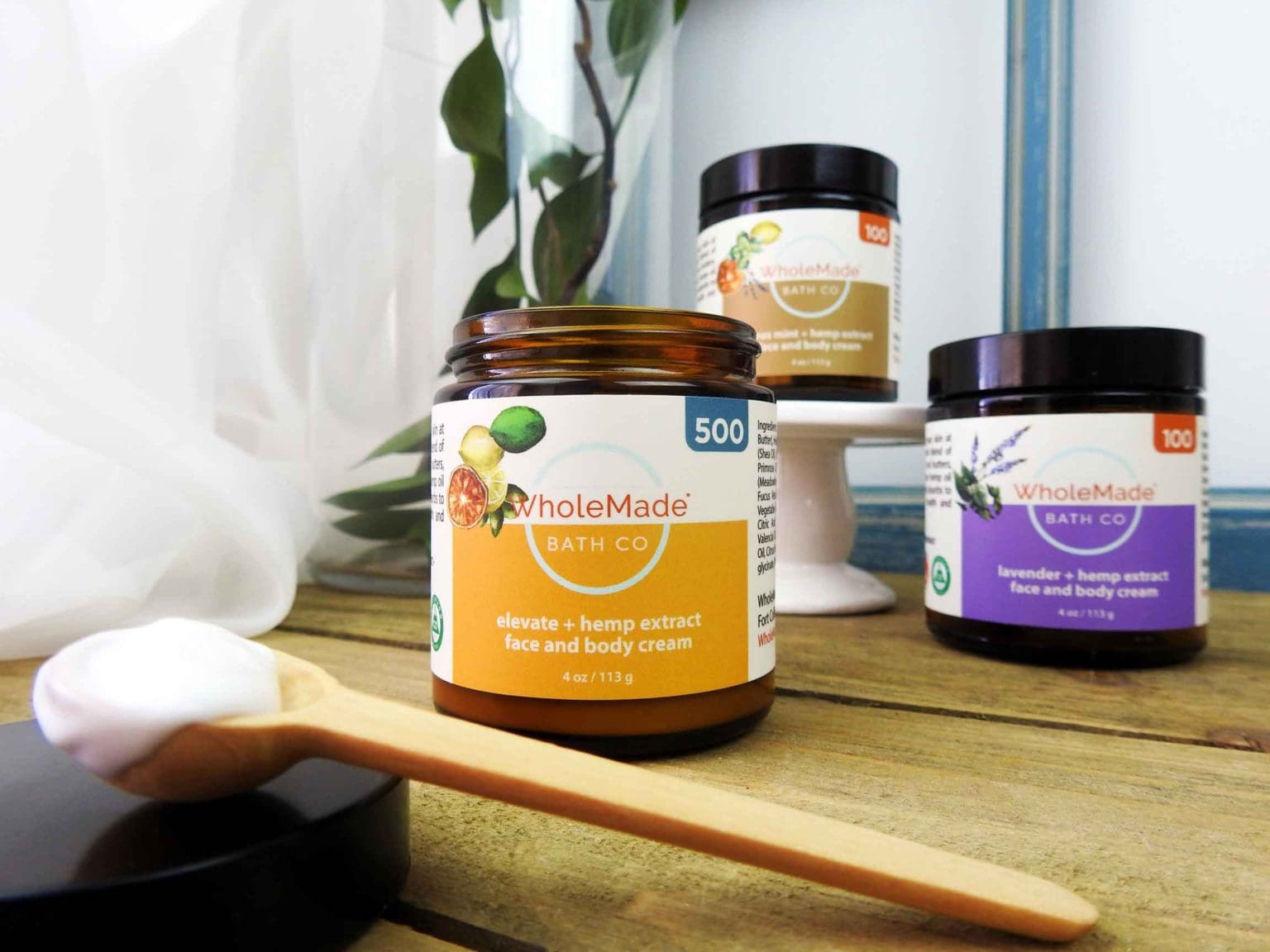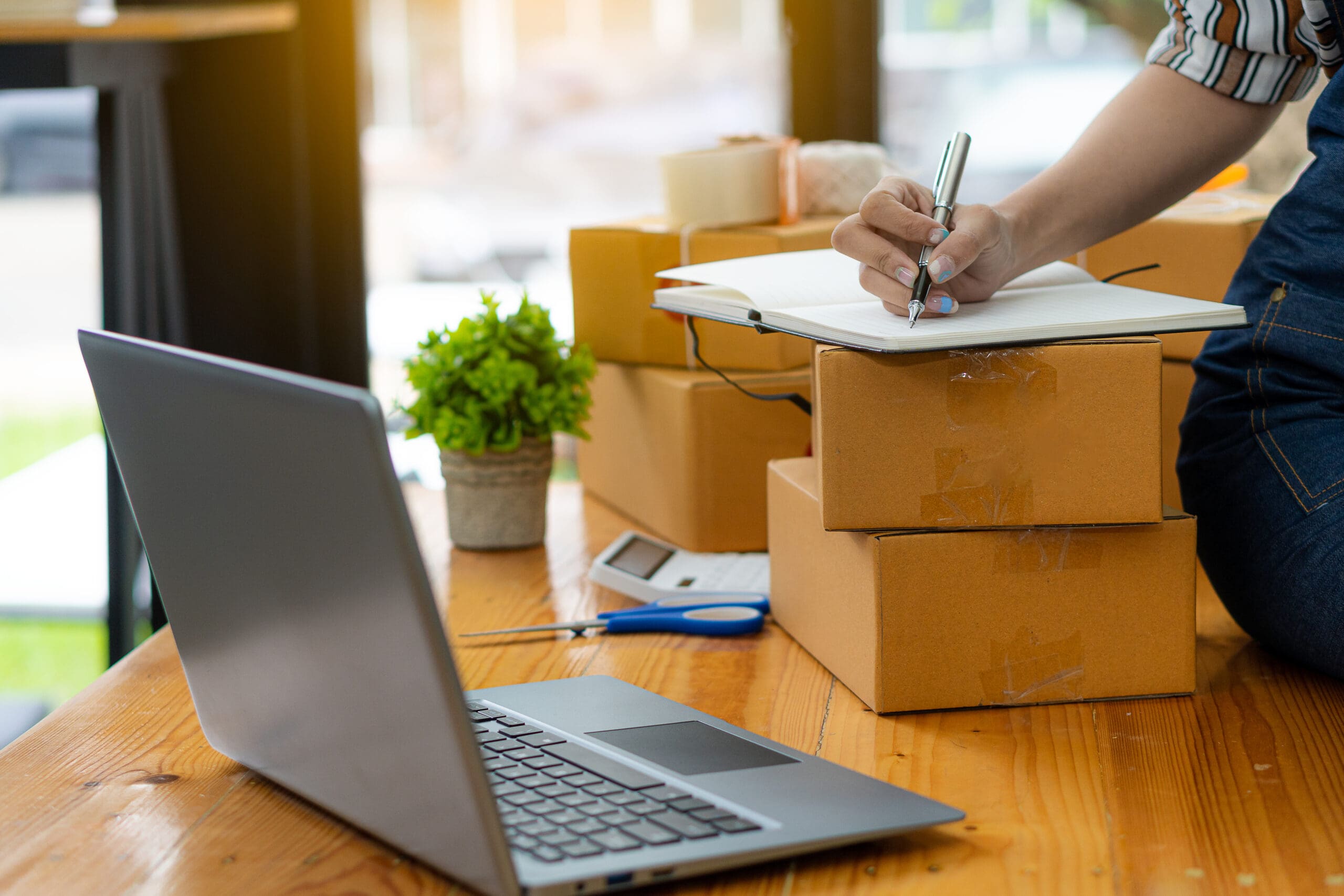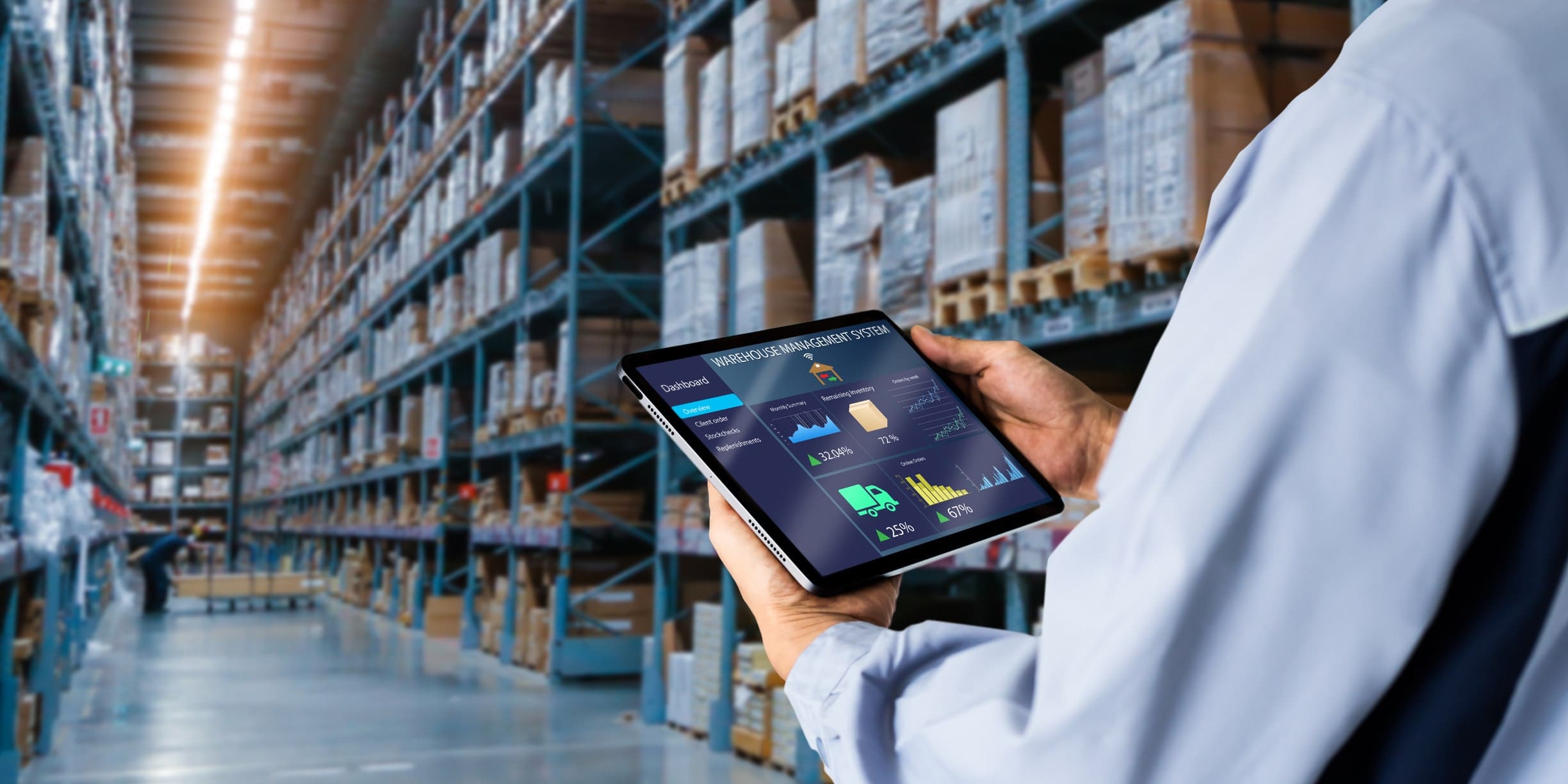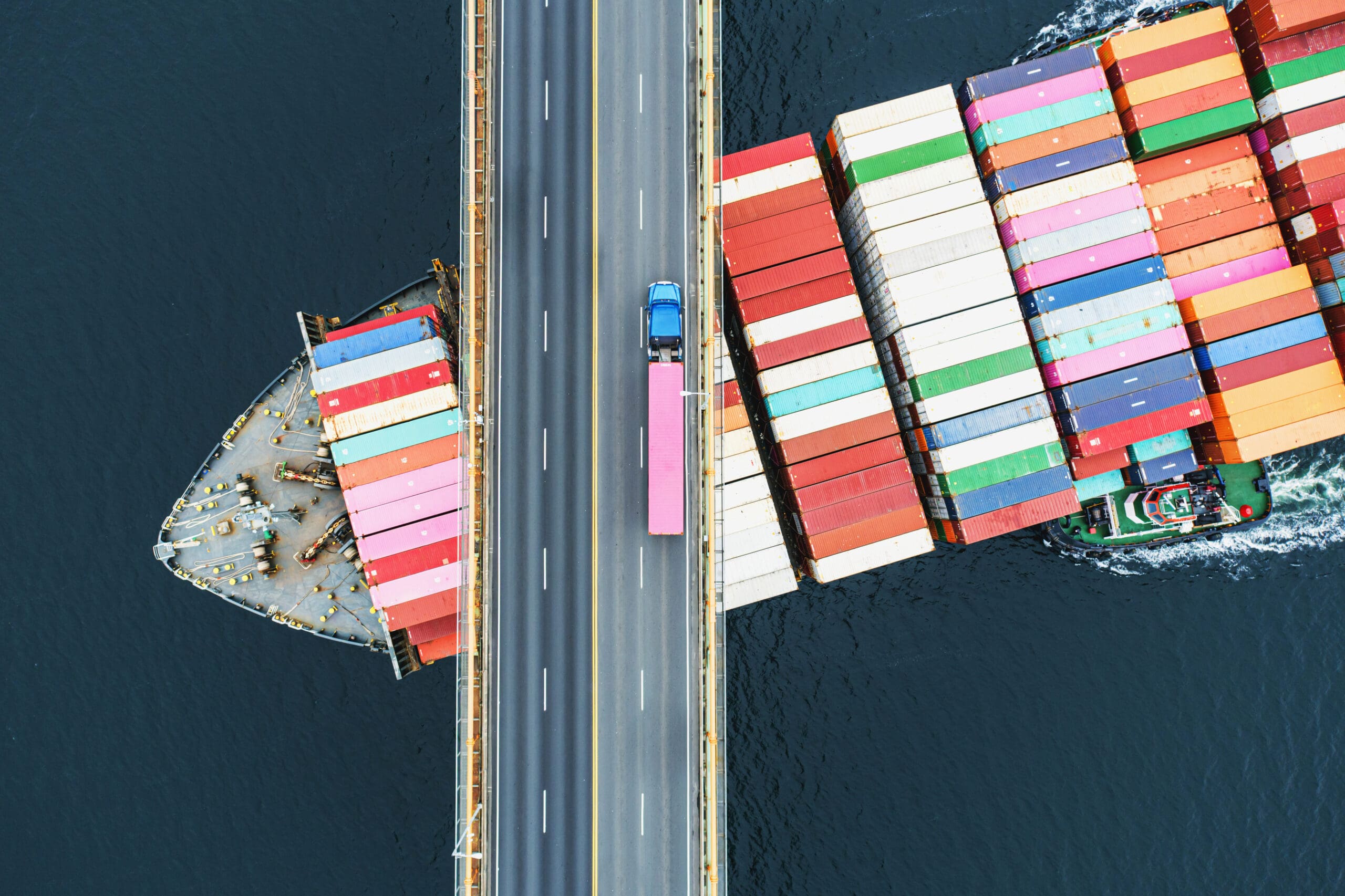I was recently helping a friend buy some products off of Alibaba and it was interesting to see how well he navigated the sourcing task. He did everything right, but still could have ended up paying thousands more than he needed to. Why? Because he almost overlooked one important item: The delivery terms.
Delivery terms describe when the manufacturer’s work is done. These different terms (like “free on board” (FOB) or “free in store”(FIS)) carry very different implications on the delivery process and can range from the manufacturer being responsible for getting the inventory ready on the factory floor to being responsible for the inventory until it is in your warehouse ready to sell, and options in between. The rule of thumb is that the more the factory must do, the more expensive it will be for you. This is due to two reasons:
- Prices fluctuate and manufacturers won’t take a loss – The most noticeable of these is freight costs, which can change weekly. If the factory quotes $10 and freight ends up being $12, they take the loss. So what the factories will do is build in a margin and charge you $15.
- It is work – Setting up and paying for inland freight, export duty, overseas freight, import duty, customs brokerage, and inland freight includes a number of moving pieces and a lot of work. The factory doesn’t do this for free and builds a margin into each segment, picking up some cash along the way.
How to communicate delivery expectations
Now if you’re small and don’t have a lot of hands on deck, it probably makes sense to reduce your liability and pay a bit more for the factory to take this off your plate. The bigger you are, the less you will want the factory to do in order to improve your margins and continue to grow your business.
So here are a few delivery terms you should know well in order from cheapest to most expensive.
- Ex-works – Ex-works means the inventory is ready to be picked up on the factory floor. You send your freight forwarder to get the inventory where it was produced. You take care of inland freight, export duty, export customs clearance, overseas freight, import duty, import customs clearance, and (finally) inland freight. This is the solution that large corporations with sophisticated supply chains most often choose.
- FOB – Free on board – FOB means the inventory is on a boat ready to ship to you. The factory takes care of inland freight, export duty, and export customs clearance. It is your responsibility to take care of overseas freight, import duty, import customs clearance, and inland freight. This is the most common option since inland freight, export duty, and export customs clearance don’t fluctuate very much so you end up doing less work and the price doesn’t typically increase a lot from ex-works pricing.
- DDU – Delivered duty unpaid – DDU means the factory is responsible for getting the inventory to the destination port but not paying for duty or customs clearance. This means you are responsible for customs clearance, import duty, and inland freight.
- DDP – Delivered duty paid – DDP is the same as DDU, but the factory is also responsible for clearing customs and paying import duty. You take care of inland freight.
- FIS – Free in store – FIS means the factory will get the inventory into your store or warehouse ready to sell. You don’t handle anything other than paying the factory. This is generally the most expensive option, but can be a viable option for small teams that are strong on distribution and marketing but weak on supply chain operations.
Delivery terms simplified
The more you do, the less you pay. In the end, my friend ended up buying the inventory on DDU terms and finding a third party customs brokerage firm to handle the import duty, customs clearance, and inland freight. The factory would have charged him $2,000 more for FIS terms (delivered to his address), but he found a customs brokerage firm that only charged him $500 in fees plus $700 in import duty ($1,200 total) to do the same thing. He realized an $800 savings by doing more of the work himself.
My final recommendation: unless you are a customs brokerage professional, don’t try to do customs clearance yourself. Small errors that hold up moving the shipment through the destination port can lead to big demurrage charges (fees for your shipment sitting at the destination port/terminal for longer than is allowed).
Before you can ship, make sure your manufactured product matches expectations with PSS and ISS sheets!

